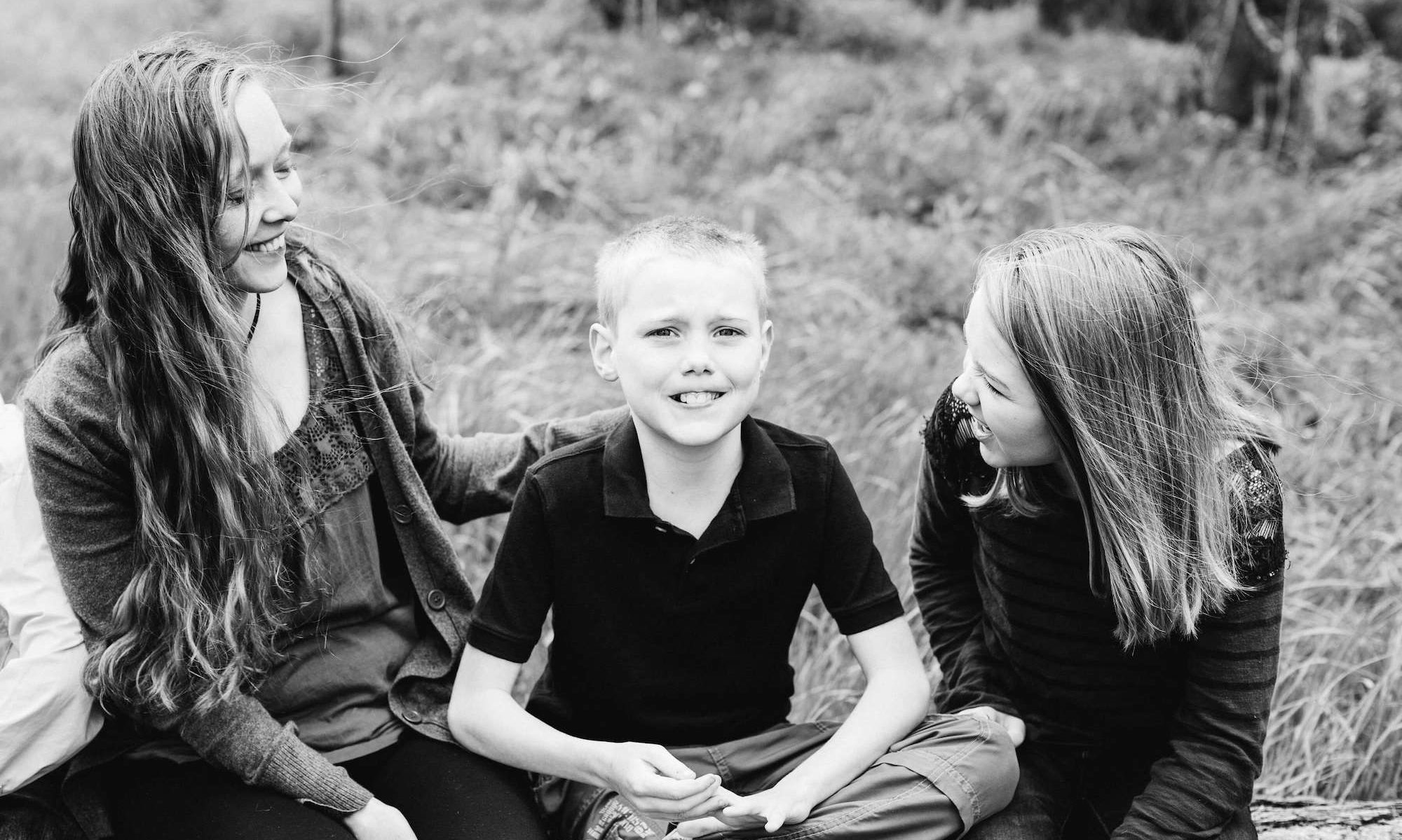
So, we ate dinner with some new friends last night and the big question came up. Any food allergies? I quickly explained the special diet Jackson is on: Gluten Free Casein Free as basically “No wheat, No dairy, and other things…but we’ll bring something he can eat.” It’s sometimes easier that way, come prepared with something I know is safe. She pressed me for what he does eat, and I gave her the typical “Rice, meat, and tortilla chips” as pretty safe fare. She so graciously bent her dinner plans to accommodate, and upon arrival assured me that nothing in her lovely home was sacred. For the first time in a while, I didn’t have to cook two dinners, AND I actually enjoyed a rare, minimally interrupted conversation. Thanks, Mickey and Jose!
So for those who really must know, here’s the nitty gritty of GFCF:
Essentially you are eliminating all grains containing a protein called gluten that is more difficult to digest. These glutenous grains include: wheat, oats, rye, spelt, barely, semolina, triticale, and kamut. The tricky part is that many, many foods have some of these grains hidden in them even if the ingredients don’t list them. Most sandwich meats contain wheat. cereals contain malt/barley malt/malt flavoring. Most breads have carmel coloring. Glutenous grains are hiding in soup bouillion, condiments, tomato paste, ice cream, dressings, frozen french fries, lots of vitamins, candy, and sauces. Any ingredient listed as “natural flavorings,” dextrin/dextrose, and the generic “spices” usually contain some kind of gluten.
So I know it seems like a lot to eliminate, and you may be thinking, “What is there left to eat?” It tricky, you learn to read labels like a detective, and cook creatively. There are lots of yummy options left: amaranth, buckwheat, rice, teff, millet, quinoa, sorghum, potatoe starch, lentils, bean flours, tapioca, garbanzo bean, corn, and soy flour (last on my list of yummy for a reason).
Casein is the milk protein that is hardest to digest, and it too comes in many disguises. The obvious casein-filled foods are milk, cheese, ice cream, butter, and yogurt. Casein free options abound, thankfully: almond milk and other nut milks, rice milk, soy milk (some children develope a sensitivity to this, so I haven’t wanted to over use it). But be watchful, dairy free doesn’t mean there’s no casein, so read the ingredients carefully: most soy cheeses contains casein, goat’s milk has casein, and whey is included in many butter substitute spreads and flavorings on chips and other snacks.
So why do gluten and casein make such a big impact on behavior for many children with autism? Research done in Norway, England, and the United States have found the products of broken down gluten and casein proteins in the urine of autistic children. These products are called peptides and act like opiates (drugs like morphine), which can dramatically affect how the brain functions. Plus, for many children with autism, gluten- and casein-filled foods are the ones they prefer. Like an opiate, these foods are addicting, and they taste good besides. I mean, who wouldn’t choose pizza and ice cream over rice and a smoothie?
So why would I give my son something that apparently does seem to deaden his awareness, and send him further into his own separate world? I would not be such a big proponent of GFCF if I hadn’t seen major improvement after removing each food singly, but I’ll save our “Going GFCF” story for the next entry.
